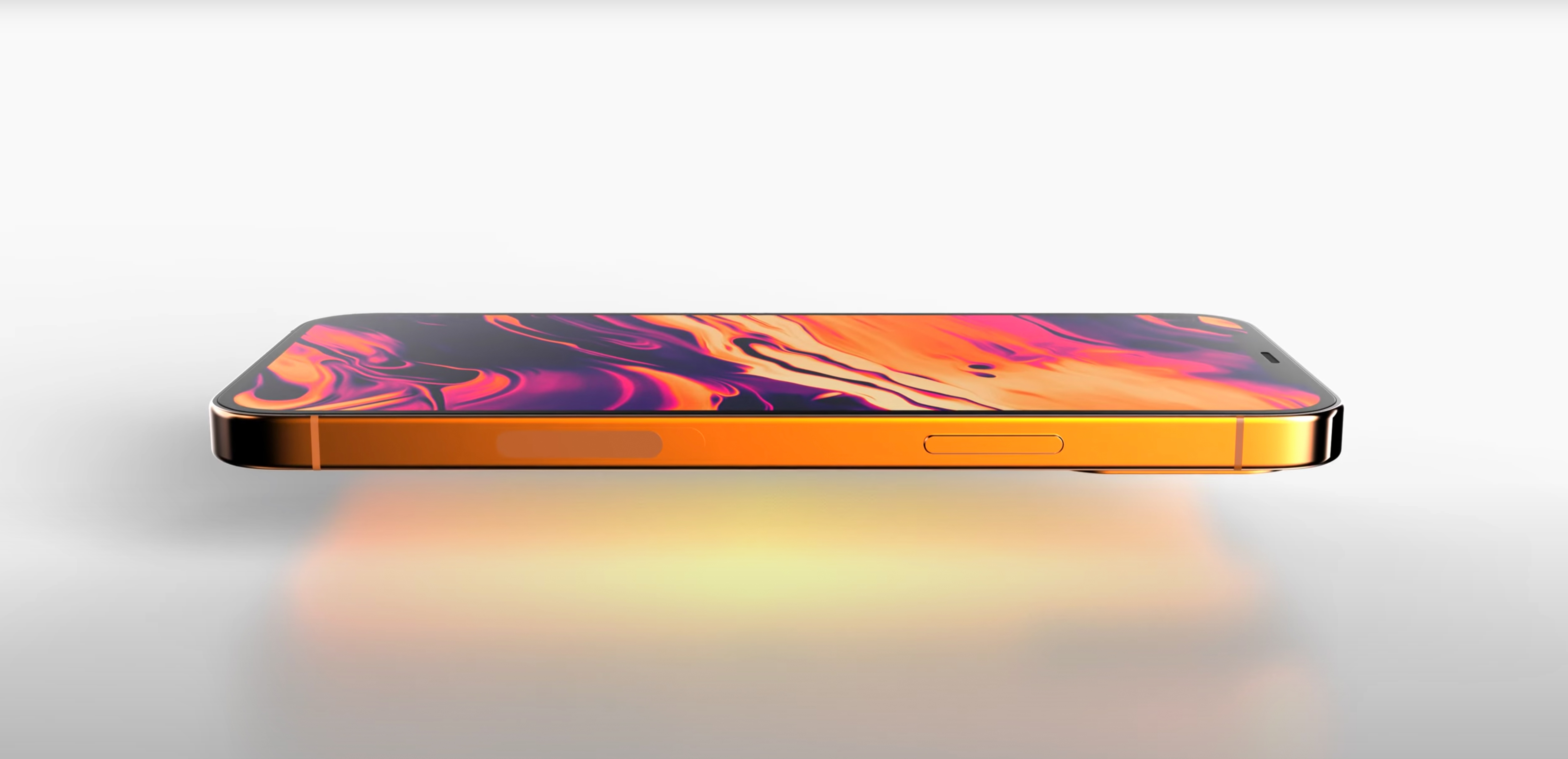iPhone 13 tipped for satellite communication — here's how it could work [Update]
iPhone 13 tipped to embrace satellite communications, for connectivity without 4G or 5G signal.

Most of the iPhone 13 rumors doing the rounds have pointed to fairly typical upgrades, including the cameras and a new A15 Bionic chip. But a new report suggests that Apple will be embracing an unexpected feature that the likes of Samsung can’t currently match: satellite communications.
This is such a left field suggestion for the new iPhone that it would be a hard one to take seriously if it weren’t for the source: Apple analyst Ming-Chi Kuo, who has one of the best track records at predicting what the company will do and when.
- iPhone 13 colors — here's what the rumors say
- 5 things OnePlus 10 needs to beat Samsung Galaxy S22
- Plus: Apple Watch 7 tipped for blood pressure monitoring — here's how it could happen
After the initial Kuo report appeared today (Aug. 30), Bloomberg followed up with a report of its own, suggesting that the satellite connectivity would be used to send messages to emergency services and contacts when a cellular connection wasn't available. While the hardware may be in place for the iPhone 13 launch, Bloomberg says, the feature itself may not launch until next year.
As for Kuo's note, spotted by MacRumors, it says that the functionality is made possible by the customized Qualcomm X60 baseband chip that will be in the iPhone 13. If the feature is enabled via software, the iPhone 13 could make calls or send messages without a 4G or 5G internet connection, making it a potential lifesaver for those who tend to venture into areas without cellular coverage.
Kuo says that Globalstar is the LEO (Low Earth Orbit) satellite communication service provider that’s “most likely to cooperate with Apple in terms of technology and service coverage” thanks to an existing relationship with Qualcomm.
The “simplest scenario,” according to Kuo, is for network operators to work directly with Globalstar so that the functionality is included in their bill. Although given the historically expensive price of satellite services, that might involve an unwelcome hike for people who don’t see themselves using the feature. There’s also the question of what such a feature would do to battery life – something that Apple is said to be addressing with the iPhone 13, after it proved to be a big weak spot on the iPhone 12.
Nonetheless, Apple apparently sees LEO satellite communications as the future, according to the report, with plans to push the technology to more devices to “provide innovative experiences.” This, according to Kuo, could include electric vehicles, mixed reality devices and other IoT (Internet of Things) accessories.
Get instant access to breaking news, the hottest reviews, great deals and helpful tips.
Despite the source of the rumor, there are reasons to remain skeptical about this – or more accurately the time frames involved. Back in 2019, Bloomberg reported that Apple had recruited a “top secret team” of software, hardware and aerospace engineers to work on satellite data transfer, but results weren’t expected for five years.
If the newer report is accurate, the research and development involved must have gone far more smoothly than the company expected. The iPhone typically adopts new features once they’ve reached a certain level of maturity on other handsets. With this, if confirmed, Apple could find itself in the unusual position of being the trendsetter.
Freelance contributor Alan has been writing about tech for over a decade, covering phones, drones and everything in between. Previously Deputy Editor of tech site Alphr, his words are found all over the web and in the occasional magazine too. When not weighing up the pros and cons of the latest smartwatch, you'll probably find him tackling his ever-growing games backlog. He also handles all the Wordle coverage on Tom's Guide and has been playing the addictive NYT game for the last several years in an effort to keep his streak forever intact.

